5 ways Nvidia, AMD and Intel upped the ante at CES 2017
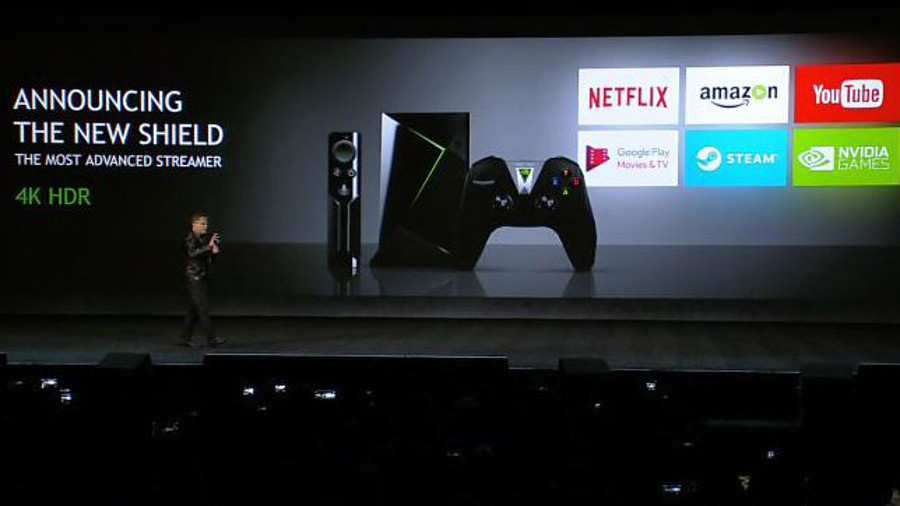
Introduction
From powering Samsung’s first-ever gaming laptops to Asus’ VR-ready mini PC, Nvidia and Intel have proven to be the dynamic duo of CES 2017. That said, they’re not without their fair share of competition. As history has proven time and time again, never doubt the underdog; slowly but surely, AMD is catching up.
Moreso in concept than in practice, AMD is beginning to make its two competitors sweat not only in low-end budget graphics and processors, but in performance-intensive areas like gaming and video production as well. Early benchmarks of AMD’s Ryzen CPUs, for instance, demonstrate power exceeding that of even the Core i7-6800K.
All three of these companies, however, have managed to step up their game at this year’s Consumer Electronics Show. Not only are they all donning new hardware, but some existing technologies are now being implemented in new ways. Click (or tap) on ahead to find out what we mean.

1. Nvidia takes Android TV to a new degree
It’s not everyday that you see companies introducing new Android TV devices. As of this writing, there are only a handful – such as select Sony Bravia TVs and the Razer Forge TV, to choose from.
The second-generation Nvidia Shield console is the latest addition to Google’s paltry catalog of Android TV-powered hardware.
Coupled with the company’s answer to Siri and Alexa, Google Assistant, the new Nvidia Shield improves upon its predecessor with 4K HDR (or High Dynamic Range) streaming of both games and video. This is a unique selling point for Nvidia’s set-top box, which is only bettered by a more ubiquitous and portable GeForce Now streaming service.
Assuming you have a properly outfitted PC, complete with a supported Nvidia graphics card, the Shield streamlines the process of streaming games from your PC to your TV in Ultra HD resolutions with HDR ticked on.
The overhauled GeForce Now is compatible with games across your entire Steam catalog rather than just those deemed adequate by Nvidia.
Starting in March, you’ll be able to use it on virtually any PC – desktop or laptop – for $25 (around $20) per 10 or 20 hours of play, depending on your graphical demands. The 2017 Shield TV, on the other hand, is expected to arrive later this month starting at $199 (about £189, $272).
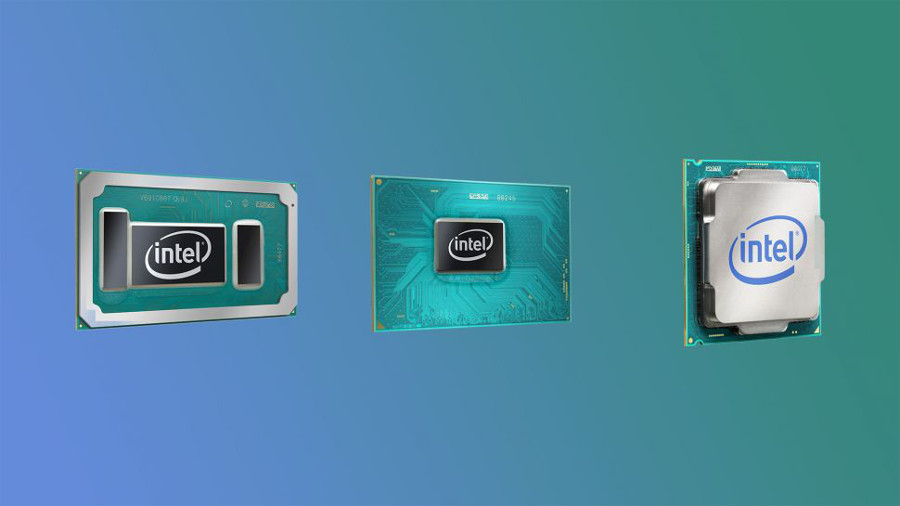
2. Intel Optane brings new life to spinning hard drives
Although it looks like Kaby Lake isn’t all it was cracked up to be, Intel’s newest microarchitecture comes with a handful of non-performance-based improvements that make it tempting to upgrade.
One of the more exciting innovations brought forth by Intel’s 7th-generation processors is called Optane, a technology that makes it possible for traditional hard drives to keep up with SSDs in terms of speed.
It’s a bold claim, but if true, Intel Optane could put an end to the sluggish load times of an HDD without compromising on capacity. With that in mind, Intel Optane does require that the chip maker’s Iris Plus graphics be integrated into your CPU. Otherwise, your computer’s hard drive won’t be able to take advantage of the much-needed boost.
Intel says that by eliminating delays, the hard drive is able to respond much more swiftly than before. Any processor Core i3 or greater is supported by the technology, so long as it meets the aforementioned prerequisite of donning Iris Plus.
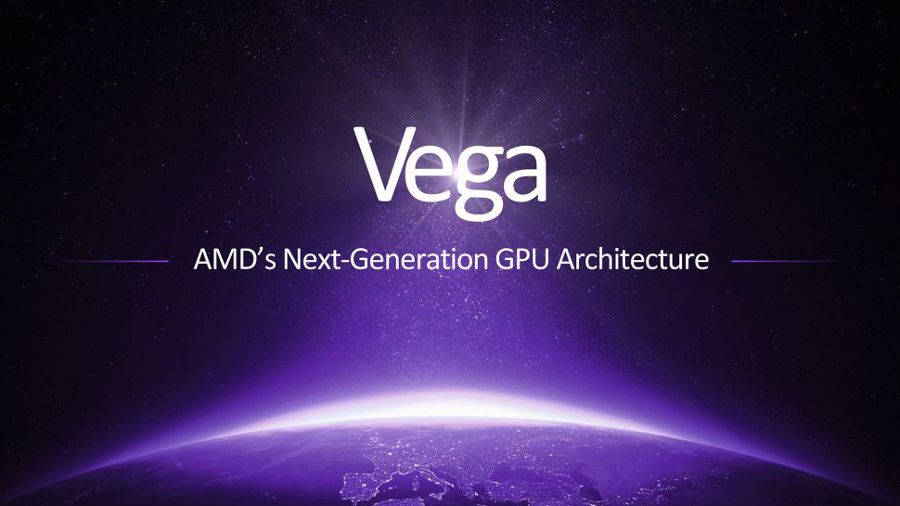
3. AMD goes back to the drawing board with Vega
There’s no denying that team red has struggled these past few years with finding an audience outside of budget gamers. By and large, those who crave the most powerful CPUs often veer towards Intel while those in need of the highest resolutions and frame rates in their games are satisfied with Nvidia’s offerings.
AMD anticipates that all of this will change with the debut of Vega, the company’s forthcoming GPU architecture designed for high-end gaming as well as demanding software applications. Rather than following in the footsteps of Nvidia and opting for GDDR5 memory, AMD is iterating on the high-bandwidth memory (HBM) found in the likes of the R9 Fury X.
Appropriately dubbed HBM2, AMD’s next generation of graphics cards will feature double the original’s bandwidth per pin and eight times the capacity per stack at the very least. Vega’s take on HBM2 also promises a smaller footprint and 512TB of virtual address space while the cache controller is said to offer ‘adaptive fine-grained movement’.
Alternatively, if this all sounds like nonsense, FreeSync 2 will soon be coming to a monitor near you, HDR support and all.
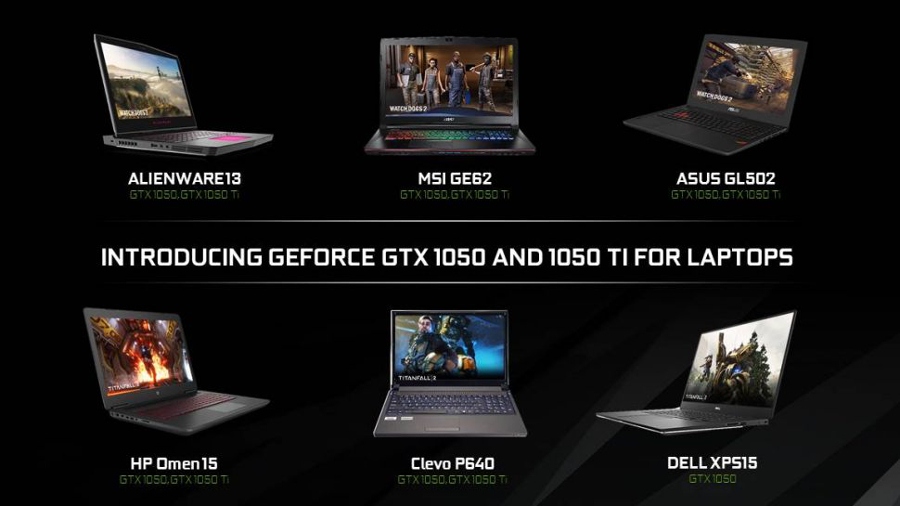
4. Nvidia GeForce GTX 1050 and 1050 Ti
In 2016, Nvidia struck a chord with budget gamers when the company unveiled the GTX 1050 and 1050 Ti for the first time. Up until now, these affordable GPUs were limited to desktops only, with laptops getting only the GTX 1060, 1070, and 1080.
At long last, Nvidia claims you can “play modern and classic games at 1080p @ 60 FPS” on your laptop and save some money all the same. Boasting triple the performance of their predecessors, the GTX 1050 and 1050 Ti are capable of entertaining the screen tear-deterrent G-Sync, the in-game photography darling Nvidia Ansel and even the power-saving Nvidia BatteryBoost.
With all of Nvidia’s key features intact, it’s clear the company is chasing after lost customers who may have fled to AMD but long for the software benefits that only Nvidia bears. The laptops to support these budget-friendly cards will touch down sooner than expected as well, with the first round slated for the first quarter of the year.
These particular notebooks will come from Alienware, MSI, Asus and Dell, starting at the enticing cost of $699 (£570, AU$970).
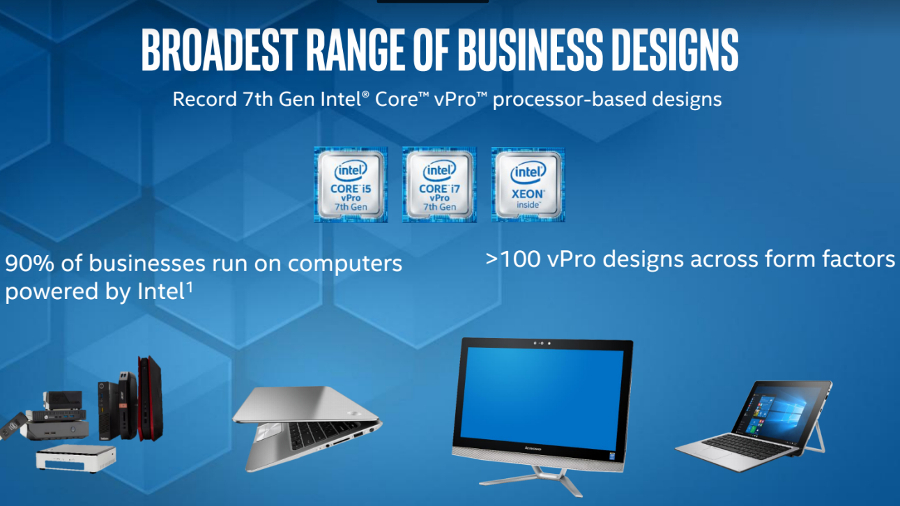
5. Intel’s vPro processors will put you to work
Last but not least, Intel’s business-focused, seventh-gen Kaby Lake processors are rapidly approaching as well. Intel stopped at nothing to ensure that its enterprise lineup this time around covered just about everything.
The least power-draining of them all is the vPro Y-series of CPUs, which are intended to for use in conjunction with 2-in-1, or hybrid, laptops. These range from the 1GHz m3-7Y30 dual-core chipset with Intel HD Graphics 615 all the way up to the Core i7-7Y75, which Turbo Boosts all the way to 3.4GHz. There’s a lot to see in this category, and it gets pretty intense as we reach the top-end Core i7-7600U sporting up to 3.9GHz in Turbo speeds.
You would be mistaken to believe that Intel’s vPro processors stop there, however. In addition to a wide range of 2-in-1 picks, there’s also an entire lineup of workstation processors coming your way. For laptops, the quad-core E3-1505M v6 ships with a base clock of 3GHz and Turbo speeds up to 3.6GHz with Intel HD Graphics P630 while the E3-1535M v6 takes it up a notch 3.1GHz and Turbo to 3.9GHz.
All of these come with improved battery lives over the previous Skylake architecture and luckily, there’s security built directly onto the chips, too, so there’s no need to fret about exploitation hazards.
Sign up for breaking news, reviews, opinion, top tech deals, and more.
